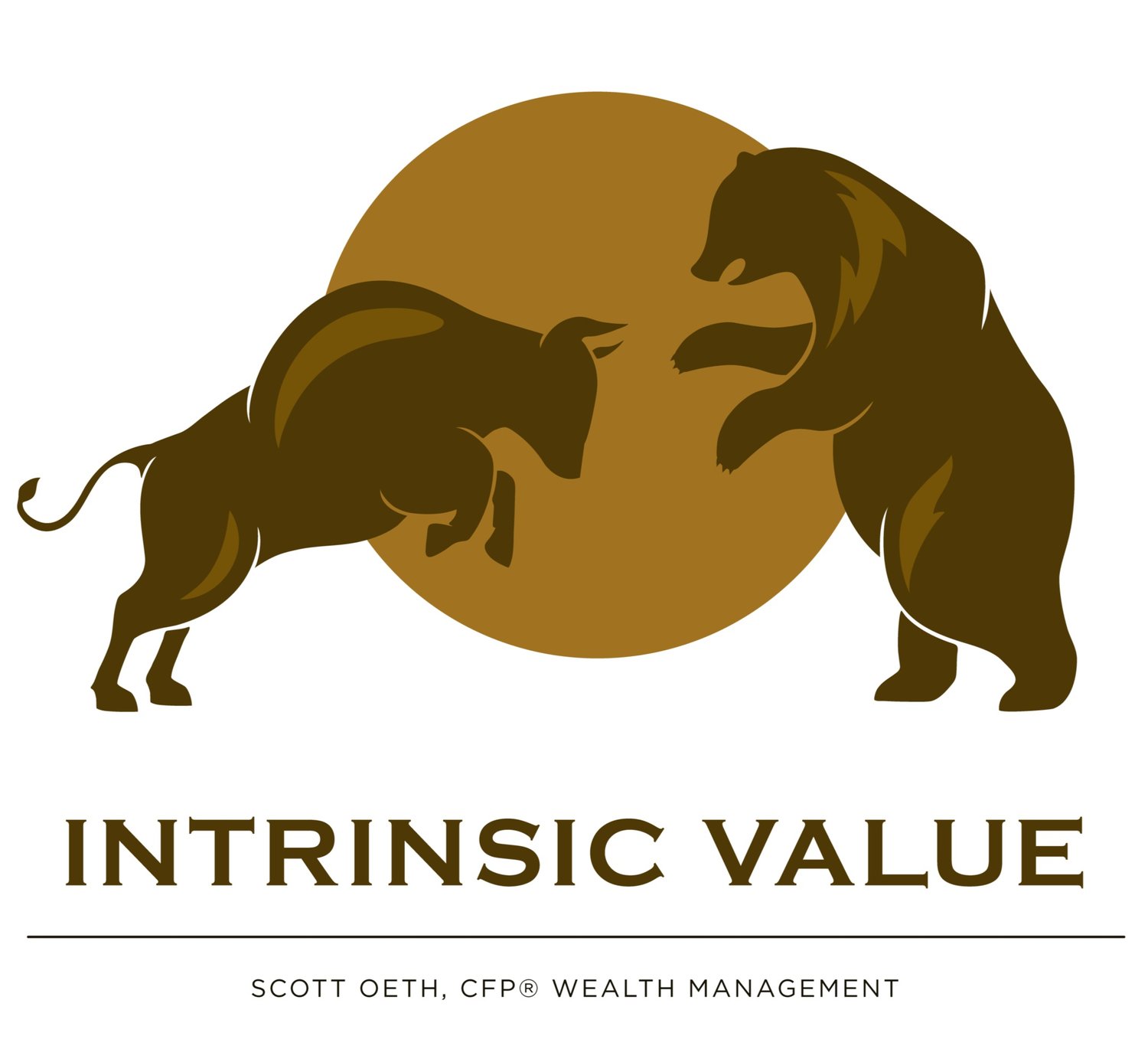Employer Retirement Plans: Exploring In-Service Distributions
Employer Retirement Plan Distribution Options
Many people have discovered that their employer’s retirement plan includes a flexible feature: the in-service/non-hardship distribution option. Clients should take into account any potential tax consequences, expenses, and sales charges and/or penalties for selling or buying investments, including rolling over an in-service/non-hardship distribution into an IRA. In fact, many types of plans—401(k), profit sharing, and even defined benefit plans—allow in-service/non-hardship distributions. If your plan includes this provision, you may be able to roll over assets from your company’s retirement plan into an IRA while you are still employed. Your financial advisor will work with you to decide whether this approach is right for you. Alternatively, you could leave the assets in your current plan, roll over the assets to a new employer’s plan or simply distribute the assets, potentially subject to tax and penalty.
Whether a rollover is right for you is a question that can only be answered after considering all your distribution options (e.g., withdrawing the assets, leaving the assets in the plan or rolling them to an IRA or another employer’s plan). You may find that an in-service/non-hardship distribution and rollover could provide access to more investment options, risk management strategies, and diversification approaches than you have now.(1) Plus, you may gain access to a wider variety of guaranteed retirement income options.
When contemplating a rollover, you should consider several factors, including the following: available investment options, fees and expenses, whether your employer pays plan costs, services, taxes and penalties, creditor protection, required minimum distributions, and the tax treatment of employer stock.
Employer Retirement Plan: Questions to Review
Q: Does my plan allow in-service/non-hardship distributions?
A: If an in-service/non-hardship distribution option is available, details should be included in the summary plan description (SPD) for your plan. If you don’t have a copy of your plan’s SPD, ask your human resources department or log on to your benefits website for a copy.
Q: Are there restrictions?
A: Not all plans offer in-service/non-hardship distributions, and of those that do, the eligibility criteria vary and are unique to each plan, according to the provisions of the plan document. If your plan offers in-service/non-hardship distributions, you may be able to take at least a portion of your account balance at any time without restrictions. Alternatively, you may be required to meet certain criteria before being able to take an in-service/non-hardship distribution. For example, some plans may require you to be a certain age (e.g., at least 591/2) or to complete a certain amount of service with your employer.
Q: What about taxes and penalties?
A: If you personally receive the distribution, the full amount could be taxed as ordinary income and may be subject to a 10% penalty if you are under age 591⁄2. A direct rollover (where the funds are sent directly to your IRA or another retirement plan) would allow you to defer taxes and any potential penalties until you take a withdrawal at a later date. Of course, it is best to consult your legal and/or tax advisors regarding your specific situation.
Q: Are there any potential drawbacks I should consider?
A: An in-service/non-hardship distribution could lead to possible expenses and sales charges for selling or buying investments; the plan may suspend your matching contributions for a brief period of time; and/or your plan may limit your in-service/non-hardship distributions by the amount or number of withdrawals permitted. It is essential to understand the fee differences that could be associated with staying in the plan versus moving to an IRA.
Employer Retirement Plan Checklist
As a financial advisor, I help my clients review their plan documents, determine the amount they may be eligible to receive, and evaluate their options. Some important information and documents that we need to complete this analysis include:
The most recent statements from your 401(k), profit sharing, or other retirement accounts at work
Any plan documents you have in hard copy, such as the SPD (your human resources department can provide a copy if it is not available online)
Your plan fee disclosure statement
The telephone number of your company’s benefits administrator to confirm information and clarify any unclear points
Information on other IRAs or retirement accounts you may have—such as a 401(k) plan at a previous employer—to evaluate consolidating all your retirement investments
The contact information for your tax advisor should you have additional tax-related questions
Employer retirement plans are a benefit that every employee should work to maximize. However, employer retirement plans can be complex, and in order to make your plan work to your biggest advantage, it’s important to consider every aspect of your financial situation and goals. If your employer is offering a new retirement plan, or if you have questions about your current employer retirement plan and how it works with your financial goals, please contact me to discuss your situation.
Source: Columbia Threadneedle
1 Diversification does not ensure a profit or guarantee against loss.
